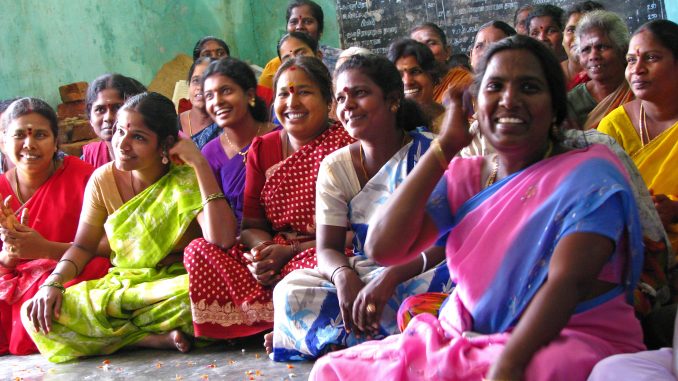
By Vidya Raja
The government has, at various stages, clearly indicated its interest in eliminating gender gaps that have been a hindrance to the social and economic integrity of the country. This budget seems to a right step in that direction.
Finance Minister Arun Jaitley presented his last pre-poll budget earlier today, and while there have been no changes to the direct taxation structure, he has given women a reason to cheer. Here’s a look at some of the benefits the 2018-2019 budget brings for women.
One prime focus of this year’s budget is empowering women in the country to promote the idea of gender equality. The government has, at various stages, clearly indicated its interest in eliminating gender gaps that have been a hindrance to the social and economic integrity of the country. This budget seems to a right step in that direction.
1. In a bid to encourage more women to join the work-force, the finance minister has proposed that women joining the workforce for the first time will have to contribute only 8 per cent (instead of 12 or 10) of the Employee’s Provident Fund (EPF) for the first three years.
2. Under the Ujjwala Yojana, free gas connections for women will be raised to eight crore connections from the current five crore.
3. Loans to self-help women groups are to be increased to as much as 37 per cent. This is likely to provide a much-needed impetus to the sector. Women self-help groups will also be encouraged to take up organic farming.
4. In an endeavour to encourage women entrepreneurs, under the Mudra Yojana, a total lending amount of Rs 3 lakh crore has been set aside for women to start new ventures.
5. Under the Saubhagya Yojana Under-privileged women will also get four crore electricity connections under the allocations made by this budget.
6. One of the primary objectives of the Swachh Bharat Abhiyan is to ensure that we end open defecation in rural India. Working towards that, this budget has allocated resources to construct an additional two crore toilets in India.
7. In a bid to retain women in the formal work sector even after childbirth, Jaitley said the government has not only increased maternity leave for women from 12 to 26 weeks but also ensured the provision of crèches in organisations.
Given, the disproportionate burden of childcare on women, the provision of crèches allows women to continue to participate in the formal workforce even after childbirth.
Earlier this week the Economic Survey was released with a pink theme meant to emphasise the importance of women in the economy. This report had noted that women’s employment had gone down by 12 per cent since 2006-07 to 2016-17 – these measures taken by the government shall perhaps turn these statistics around.
Source: The Better India

Leave a Reply